Dialogues between two characters in distinct places, taking exit in two separate houses at the same time, giving ruby in one colony and taking it in another- actions like these can happen only in virtual rehearsals. As we were shifted to virtual classes in COVID-19 pandemic, IPA (integrated performing arts) adapted online rehearsals. Students of MYP learn imagination in IPA. That helped them a lot to rehearse play performance without stage, lights, set, costume and props. Obviously, most of the theatre practitioners practice similarly at the initial rehearsals. They may not experience lag time during rehearsals in physical space. But it is closely intolerable to practice a scene with more than three actors in a virtual rehearsal. This is obviously with internet connectivity and lag time. Some of the students already experienced all these issues at the time of the previous performance which was rehearsed for the SLC program. With all these issues, students wanted to rehearse. They know that the show must go on. They also know that this performance is part of their summative task.
The online rehearsal started with reading the script in google meets. After several readings, students were asked to audition for a character. The aim of the audition here is to give the opportunity for the students to experience the audition in musical theatre. Once they were selected for respective characters, students were given to specific actions and voice modulation in virtual rehearsals. During the rehearsals, students also established connections with “The ‘Happy Minds Model’ – The 5 developmental pillars: holistic excellence; core values; mindfulness & wellbeing; stakeholder engagement; and Global Leadership. These connections were observed at the theme of the story, various scenes, and the experience of characters.
While the rehearsal process was planned to assess the criterion-C: thinking creatively, final performance was designed to assess the criterion B: developing skills. Criterion A, knowing and understanding, was intended to assess using assessment strategies such as open-ended questions, reflection, quizzes, and summary. Criterion D, responding, was premeditated to assess based on the process journal. Thus, students’ achievement levels for each criterion were determined.
Some pics:
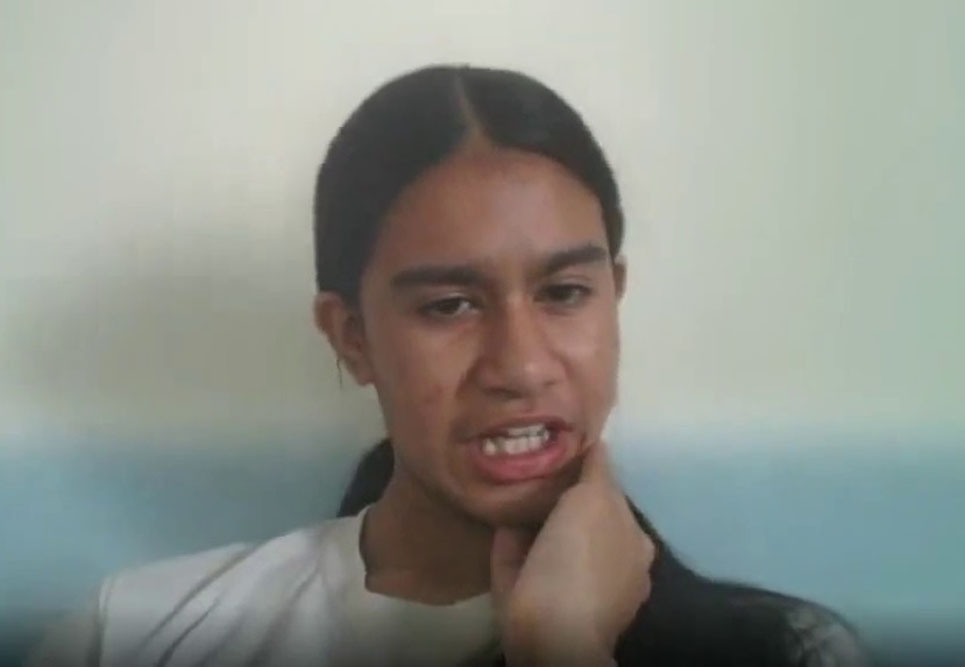
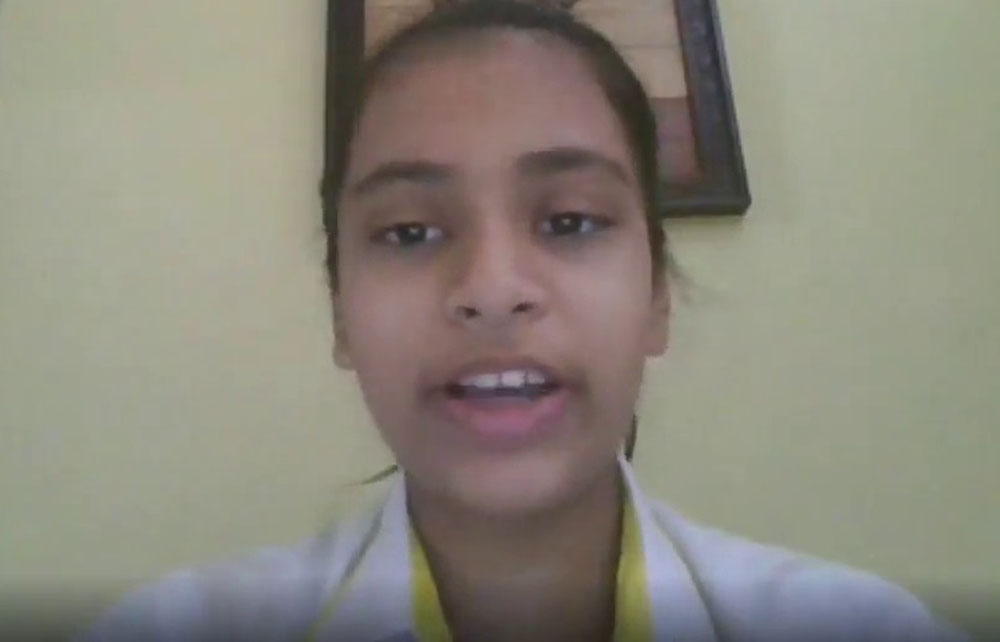
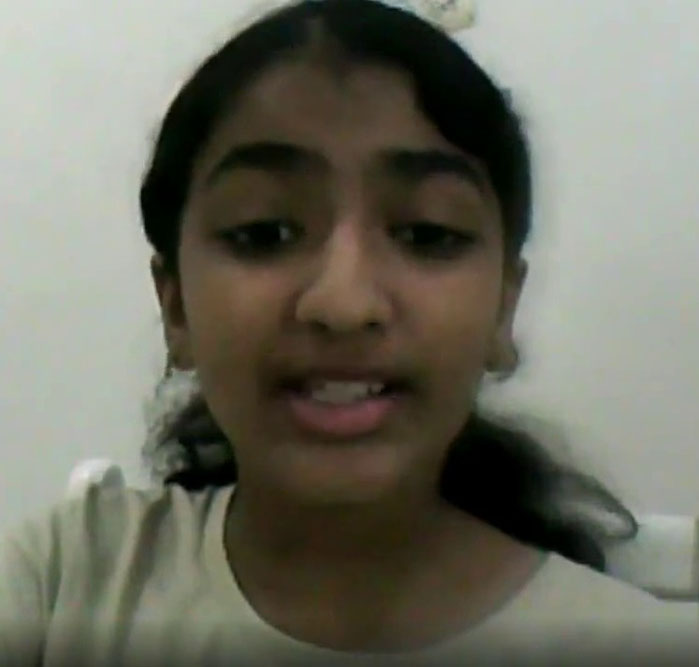
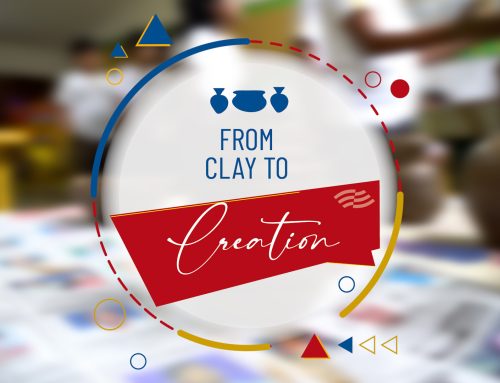
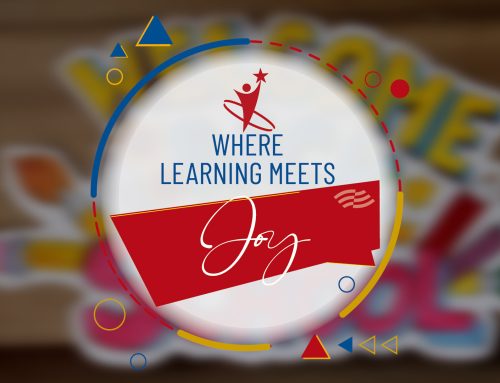

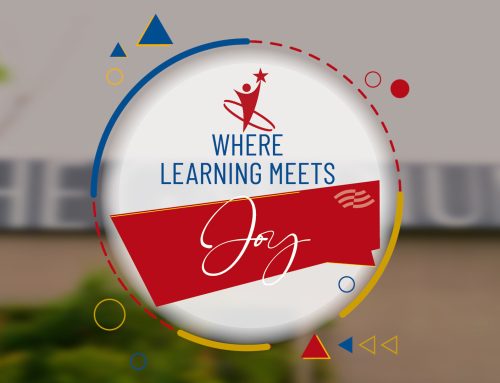
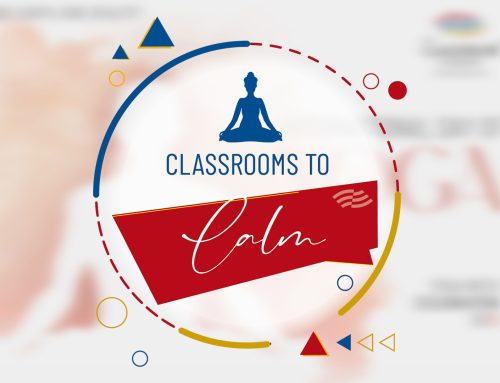
Leave A Comment